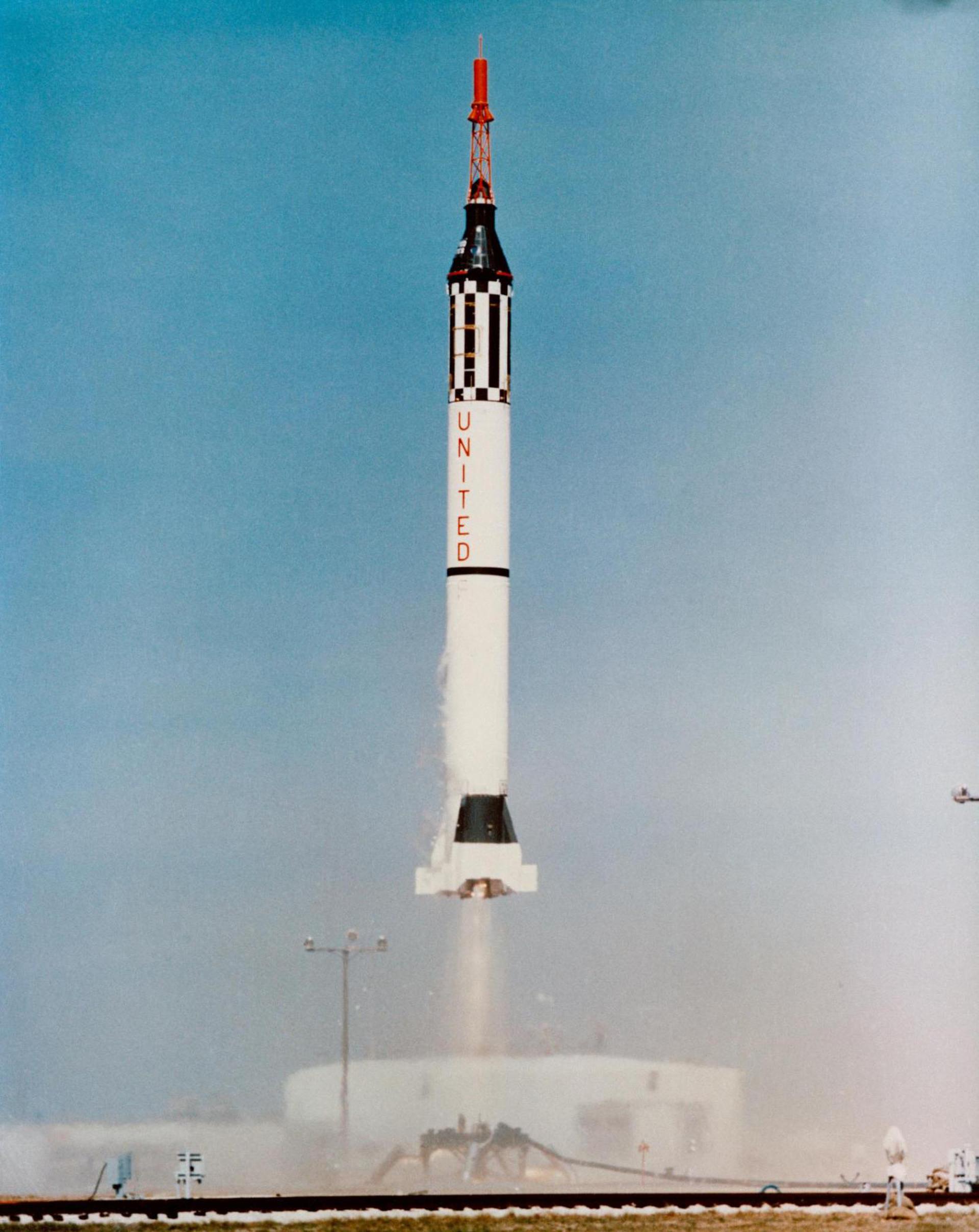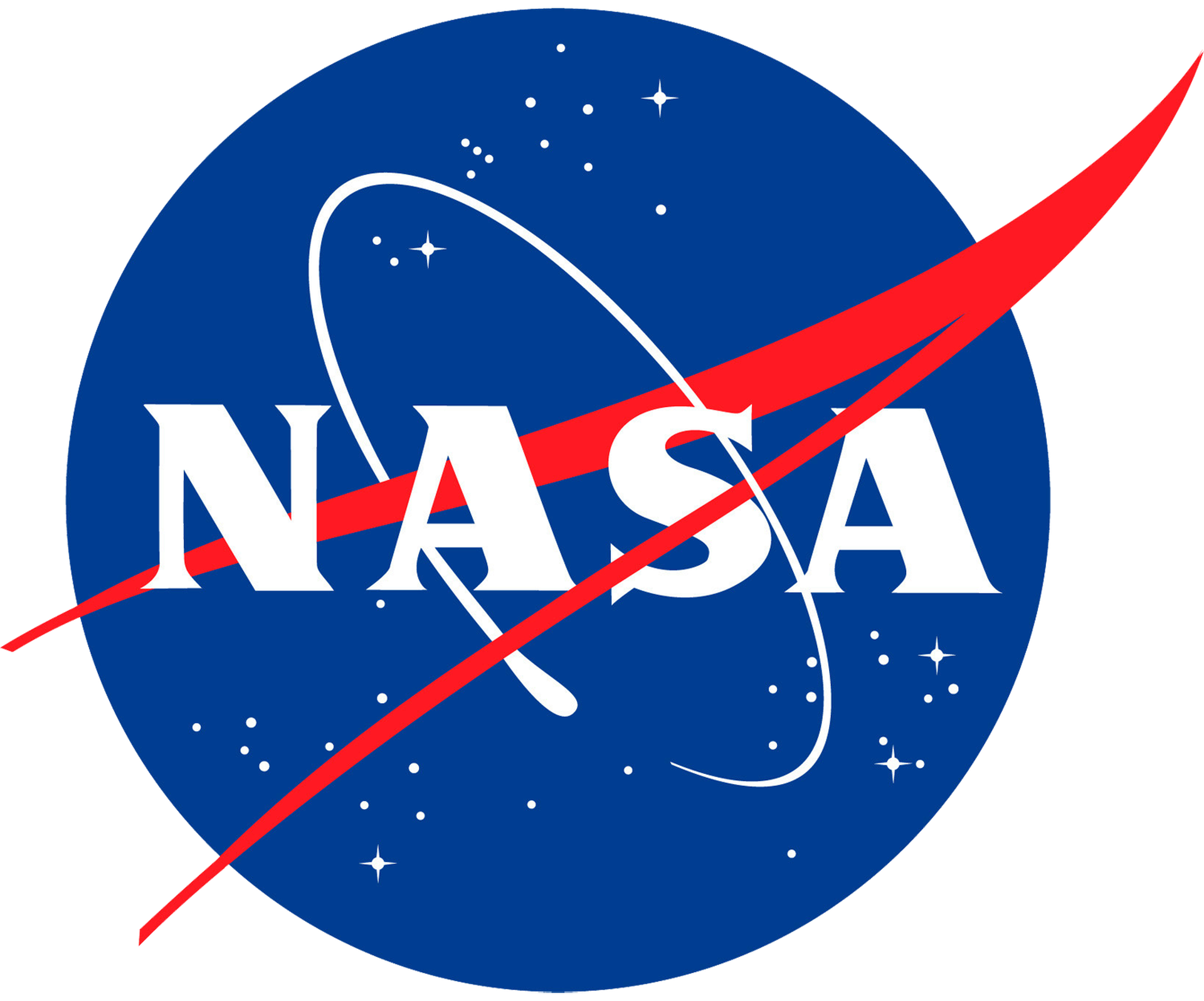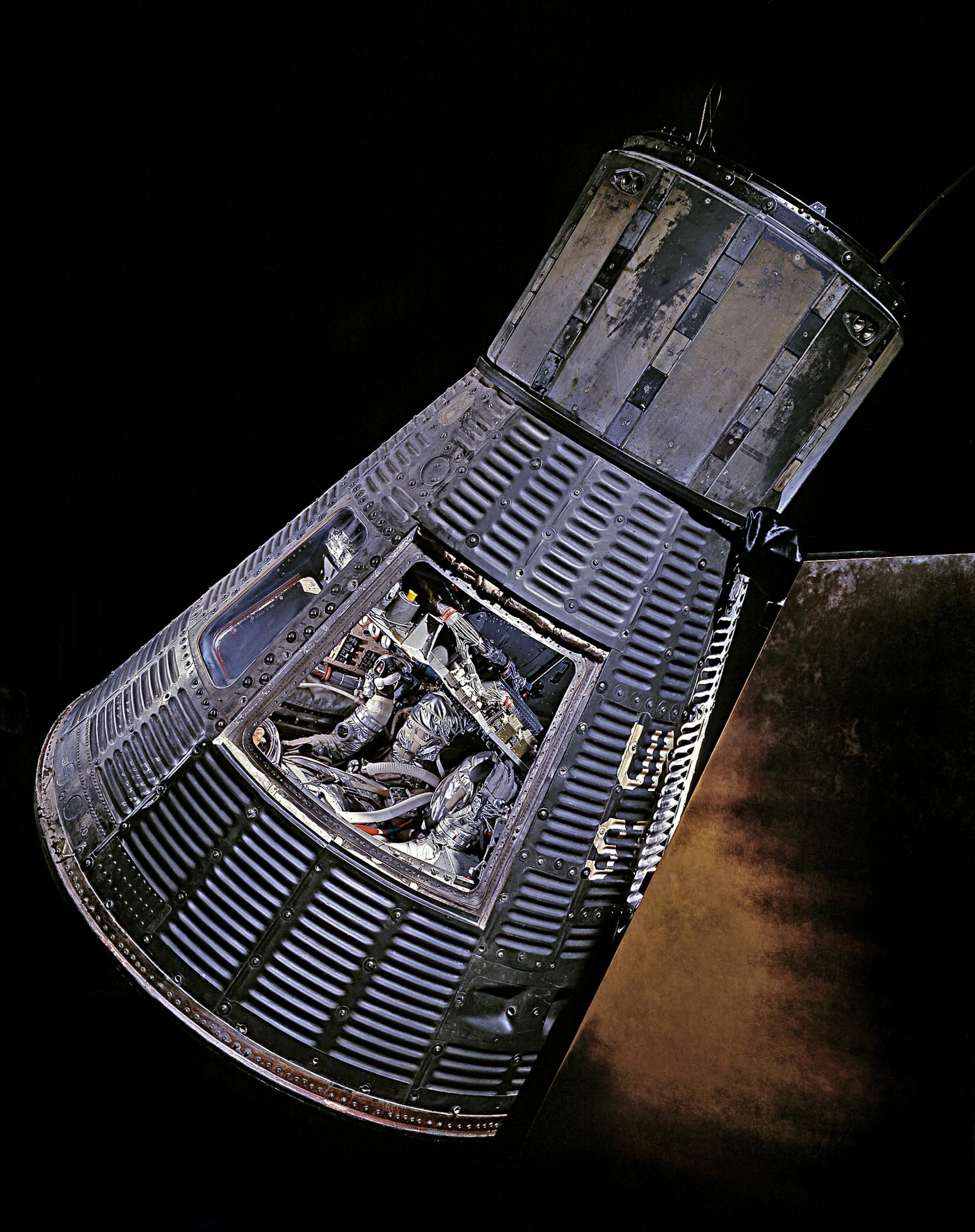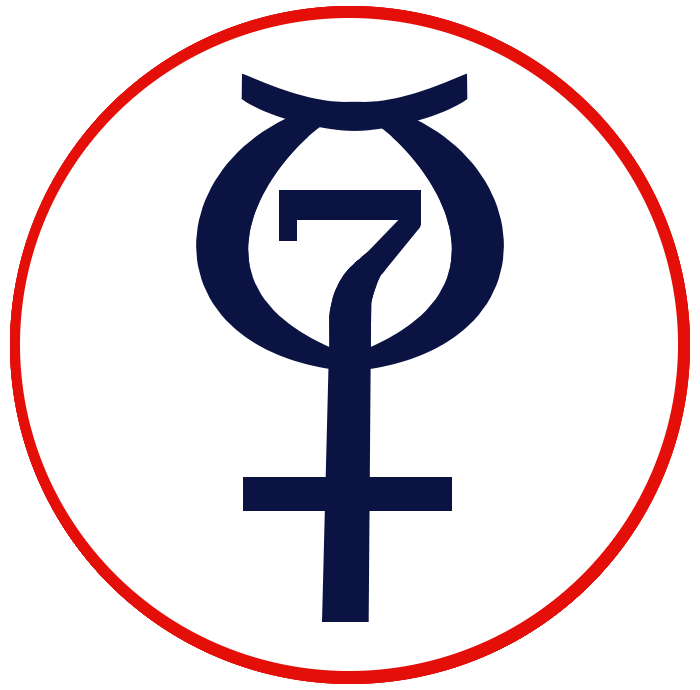Redstone MRLV | Mercury-Redstone 1
Launch Complex 5
Cape Canaveral SFS, FL, USA
T?
--
Days
:
--
Hours
:
--
Mins
:
--
Secs
Date Loading...
National Aeronautics and Space Administration
The National Aeronautics and Space Administration is an independent agency of the executive branch of the United States federal government responsible for the civilian space program, as well as aeronautics and aerospace research. NASA have many launch facilities but most are inactive. The most commonly used pad will be LC-39B at Kennedy Space Center in Florida.
Mercury-Redstone 1
Mercury-Redstone 1 (MR-1) was the first Mercury-Redstone uncrewed flight test in Project Mercury and the first attempt to launch a Mercury spacecraft with the Mercury-Redstone Launch Vehicle. Intended to be an uncrewed sub-orbital spaceflight, it was launched on November 21, 1960 from Cape Canaveral Air Force Station, Florida. The launch failed in abnormal fashion: immediately after the Mercury-Redstone rocket started to move, it shut itself down and settled back on the pad, after which the capsule jettisoned its escape rocket and deployed its recovery parachutes. The failure has been referred to as the "four-inch flight", for the approximate distance traveled by the launch vehicle.
Mercury No.2
Serial 2
Launch Crew Count 0
Status Single Use
Landing Time 1960-11-21T14:00:00+0000
Redstone MRLV
Height 25.41 Meters
Max Stages 1
Mass To GTO 0 kg
Liftoff Thrust 0 kN
Diameter 1.78 Meters
Mass To LEO 0 kg
Liftoff Mass 30 Tonnes
Launch Success 5
Consecutive Success 5
Maiden Flight 1960-11-21
Launch Failures 1
Programs
Mercury
Project Mercury was the first human spaceflight program of the United States, running from 1958 through 1963.











